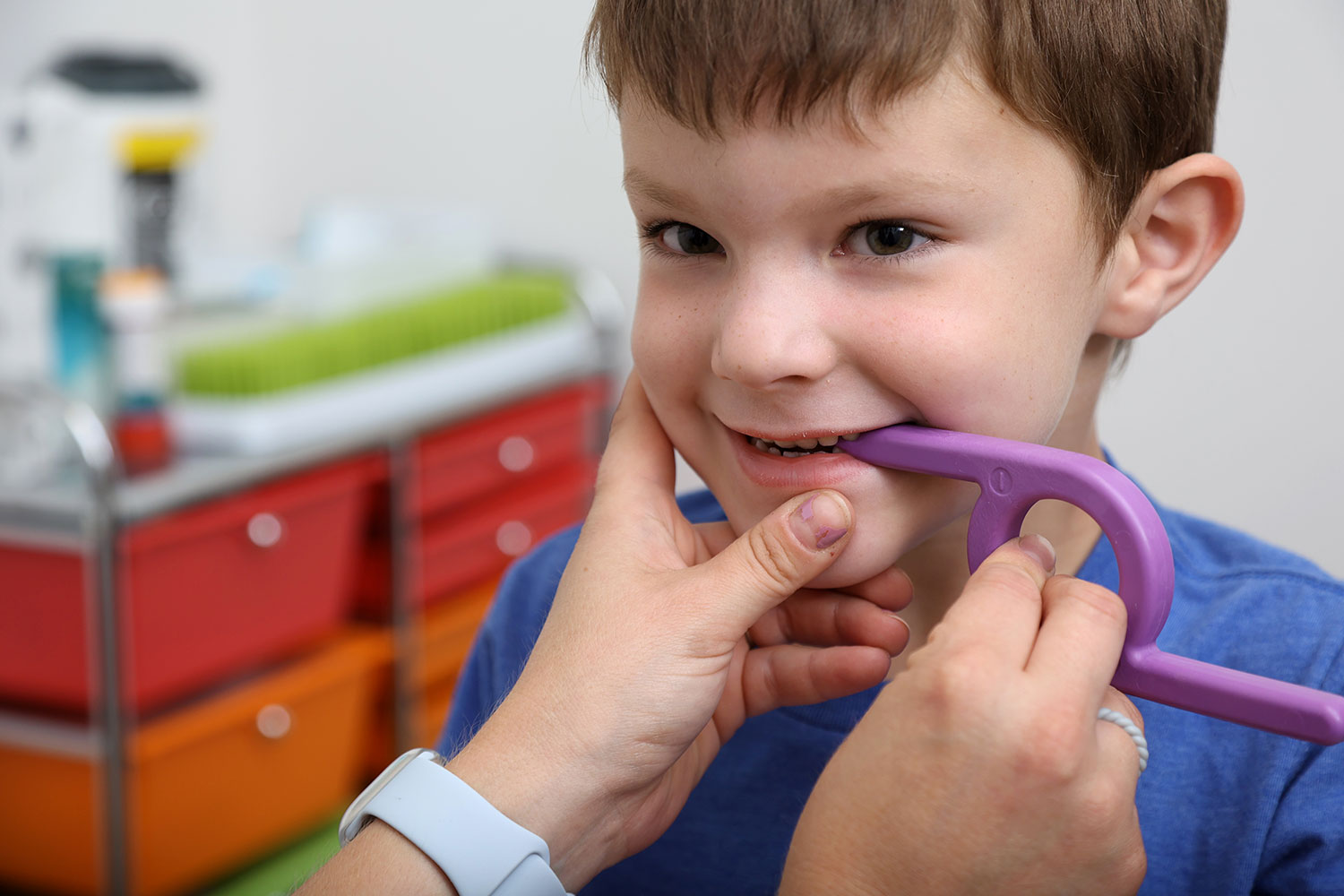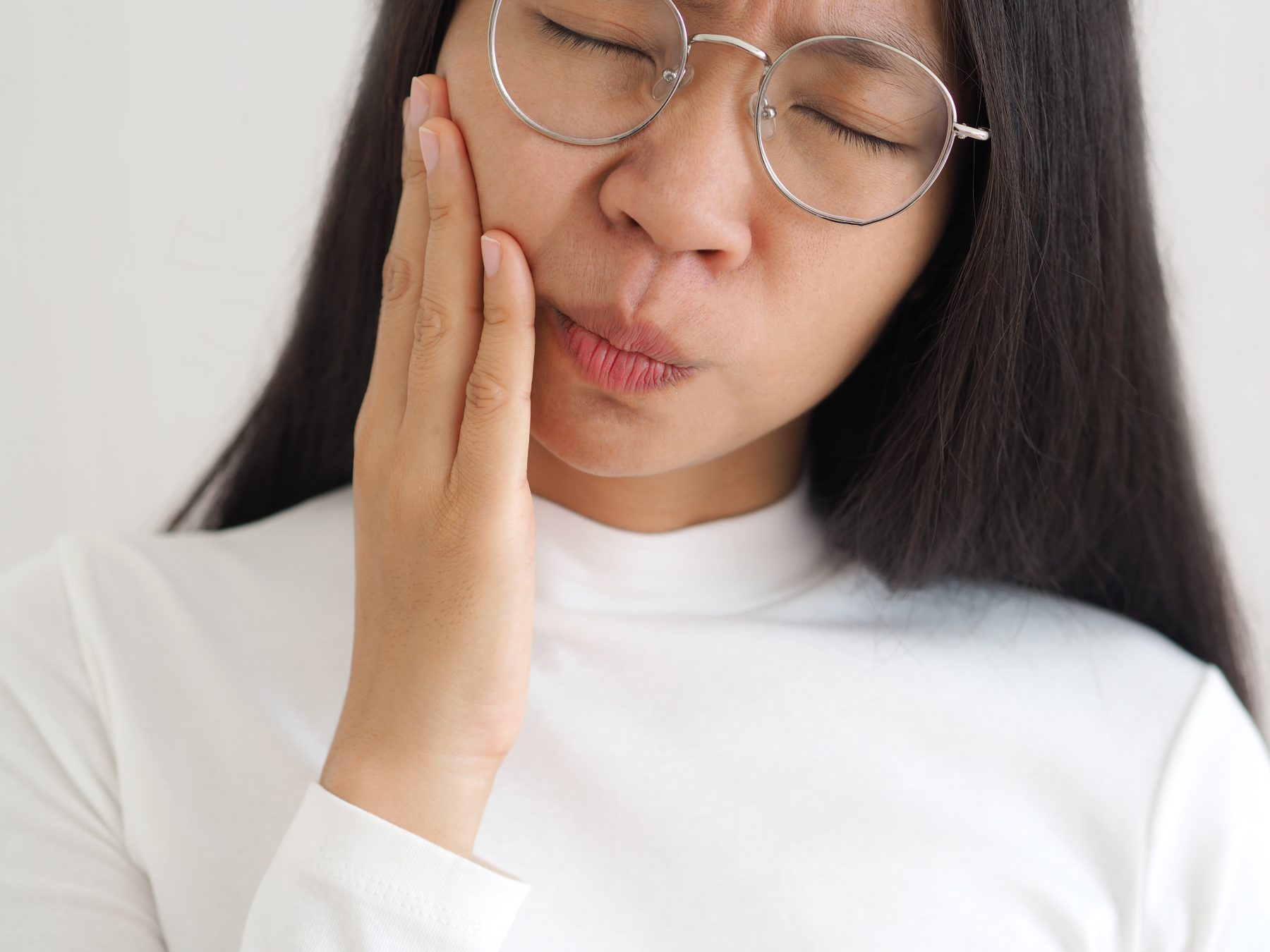
What is Orofacial Myofunctional Therapy?
Orofacial Myofunctional Therapy (OMT) is a muscle-based therapy approach for children, teens, and adults. We work closely with dentists, orthodontists, and medical doctors to create an individualized plan for you.
OMT consists of:
Improving resting tongue, lip, and jaw positioning for proper facial development
Treatment of tongue thrust
Elimination of oral habits such as thumb sucking, pacifier use, and nail biting
Neuromusuclar re-education following tongue, lip, and buccal tie revisions
OMT aids in:
Easier eating, drinking, and speaking
Creating adequate space for teeth, which can help teeth maintain placement following orthodontic work (braces)
Improving sleep quality
Supports the treatment of speech errors
What is temporomandibular disorder (TMD)?
Temporomandibular disorders (TMD) are disorders of the jaw muscles, temporomandibular joints, and the nerves associated with chronic facial pain. Any problem that prevents the complex system of muscles, bones, and joints from working together in harmony may result in temporomandibular disorder.
Classification of TMD
The National Institute of Dental and Craniofacial Research classifies TMD by the following:

The National Institute of Dental and Craniofacial Research classifies TMD by the following:
Internal derangement of the joint.
Degenerative joint disease.
You can have one or more of these conditions at the same time.
What are the signs and symptoms of TMD?
The following are the most common signs and symptoms of TMD:
Jaw discomfort or soreness (often most prevalent in the morning or late afternoon)
Headaches
Pain spreading behind the eyes, in the face, shoulder, neck, and/or back
Earaches or ringing in the ears (not caused by an infection of the inner ear canal)
Clicking or popping of the jaw
Locking of the jaw
Limited mouth motions
Clenching or grinding of the teeth
Dizziness
Sensitivity of the teeth without the presence of an oral health disease
Numbness or tingling sensation in the fingers
A change in the way the upper and lower teeth fit together
*Information taken from hopkinsmedicine.org
Continuing Education
Our therapists continue to take various trainings on Orofacial Myofunctional Disorders and how they impact breathing issues associated with sleep, obstructive sleep apnea, tethered oral tissues (tongue tie, lip tie, buccal ties), and tempromandibular joint discomfort (TMJ).

